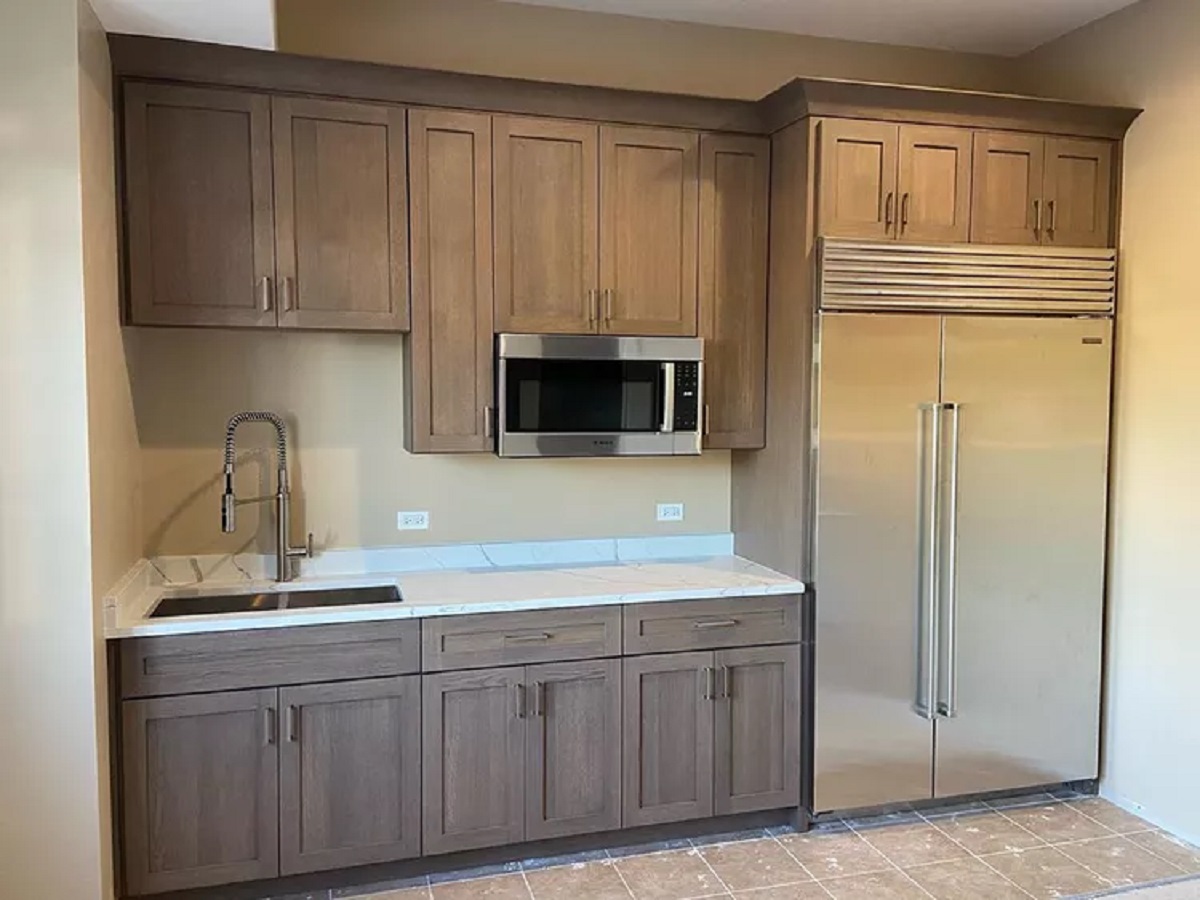

Articles
How To Stain A Cabinet
Modified: February 28, 2024
Learn how to stain a cabinet and enhance your interior design with our step-by-step guide. Achieve a beautiful, professional finish with our expert tips and techniques.
(Many of the links in this article redirect to a specific reviewed product. Your purchase of these products through affiliate links helps to generate commission for Storables.com, at no extra cost. Learn more)
Introduction
Welcome to our guide on how to stain a cabinet! If your old cabinets are looking worn or outdated, staining them can give them a brand-new look and revitalize your entire space. Staining cabinets is a cost-effective way to transform your kitchen or bathroom without having to replace all the cabinetry.
In this step-by-step tutorial, we will guide you through the process of staining your cabinets, from preparing the surface to applying the stain and protective finish. Whether you’re a beginner or have some experience with DIY projects, this guide will help you achieve professional-looking results.
Before we begin, it’s important to note that staining cabinets requires patience and attention to detail. It’s a process that may span a few days, allowing for drying time, so be sure to set aside adequate time for the project. Now, let’s gather the supplies and materials you’ll need.
Key Takeaways:
- Transform your space with a cost-effective cabinet staining project. Follow our step-by-step guide for professional results, from preparation to choosing the perfect stain and protective finish.
- Achieve a stunning cabinet transformation with patience and attention to detail. Our comprehensive guide provides the knowledge and confidence to successfully stain your cabinets and revitalize your home.
Supplies and Materials
Before you start staining your cabinets, you’ll need to gather the necessary supplies and materials. Here’s a list of items you’ll need to ensure a successful cabinet staining project:
- Protective gloves
- Safety glasses
- Dust mask
- Drop cloths or plastic sheets
- Screwdriver or drill
- Sanding block or sandpaper (medium and fine grit)
- Tack cloth or microfiber cloth
- Stain and/or wood conditioner
- Stain brush or foam applicator
- Lint-free cloth or staining pad
- Clear coat or polyurethane
- Paintbrush or foam brush
- Painter’s tape
- Mineral spirits or paint thinner (for cleanup)
Make sure you have all the necessary supplies on hand before you start the staining process. It’s also a good idea to work in a well-ventilated area or use a fan to ensure proper air circulation.
Now that you have your supplies ready, let’s move on to the next step: preparing the cabinet for staining.
Preparing the Cabinet
Before you can start staining your cabinet, it’s important to properly prepare the surface to ensure optimal results. Follow these steps to prepare your cabinet:
- Remove cabinet doors and hardware: Use a screwdriver or drill to remove any cabinet doors, drawers, and hardware such as handles or knobs. This will make it easier to work on the cabinet and avoid accidentally staining the hardware.
- Clean the surface: Thoroughly clean the cabinet surface to remove any dirt, grease, or grime. You can use a mild detergent mixed with warm water and a sponge or cloth to wipe down the cabinet. Rinse with clean water and allow it to dry completely.
- Protect surrounding areas: Cover surrounding areas with drop cloths or plastic sheets to protect them from potential drips or spills. It’s also a good idea to use painter’s tape to protect walls or other surfaces that you don’t want to get stained.
Once you have completed these steps, you’re ready to move on to the next phase of the process: sanding the cabinet.
Sanding the Surface
Sanding the cabinet surface is a crucial step in the staining process. Sanding helps to create a smooth and even surface for the stain to adhere to. Here’s how to sand the cabinet:
- Choose the right sandpaper: Start with medium-grit sandpaper (around 120 grit) to remove any existing finish or rough patches on the cabinet surface. Then, switch to a finer grit sandpaper (around 220 grit) for a smoother finish.
- Sand in the direction of the grain: Hold the sandpaper firmly and sand the surface of the cabinet in the direction of the wood grain. This will help prevent any visible scratches or swirl marks.
- Pay attention to details: Use a sanding block or folded sandpaper to get into any smaller or intricate areas of the cabinet. Be sure to sand all surfaces that will be exposed, including the front, sides, and edges of the cabinet doors and drawers.
- Remove dust: After sanding, use a tack cloth or a microfiber cloth to remove any dust or debris from the cabinet surface. This step is crucial to ensure a clean and smooth finish.
Once you have completed the sanding process and removed all the dust, you’re ready to move on to the next step: choosing the right stain for your cabinet.
Choosing the Right Stain
The choice of stain is a critical decision that will determine the final look of your cabinets. There are various types of stains available, each offering different colors and finishes. Here are some factors to consider when choosing the right stain for your cabinet:
- Natural or colored stain: Decide whether you want a natural stain that enhances the natural beauty of the wood or a colored stain that adds a different hue to your cabinets. Keep in mind that different wood species may react differently to stains, so test a small area first to ensure you’re happy with the results.
- Satin, semi-gloss, or gloss finish: Determine the level of shine or sheen you want on your cabinets. Satin provides a subtle shine, while semi-gloss offers a bit more reflectance, and gloss gives a high-gloss shine. Consider the overall aesthetic of your space and choose a finish that complements it.
- Compatibility with the wood type: Certain stains work better with specific wood types. For example, gel stains are often recommended for softer woods like pine, while oil-based stains are commonly used for hardwoods such as oak or maple. Research the best type of stain for your particular wood species.
- Testing and sampling: Before committing to a stain, test it on a small, inconspicuous area of the cabinet or on a scrap piece of wood. This will give you an idea of how the stain will look on your cabinets and allow you to make any adjustments if needed.
Take your time in choosing the right stain, as it will greatly impact the overall appearance of your cabinets. Once you’ve selected the stain, proceed to the next step: applying the stain to your cabinets.
Applying the Stain
Now that you have chosen the perfect stain for your cabinets, it’s time to apply it. Follow these steps to carefully apply the stain to achieve a beautiful and consistent finish:
- Prepare the stain: Stir the stain thoroughly to ensure an even distribution of color. If using a gel stain, follow the manufacturer’s instructions for stirring or shaking the can.
- Apply the stain: Using a stain brush or foam applicator, start applying the stain to the cabinet surface. Work in small sections, applying the stain evenly and in the direction of the wood grain. Avoid leaving any excess stain or creating drips.
- Let the stain penetrate: Allow the stain to penetrate the wood for the recommended time mentioned on the product label. This typically ranges from a few minutes to half an hour, depending on the type of stain you’re using.
- Wipe off excess stain: After the recommended time has passed, use a lint-free cloth or staining pad to wipe off any excess stain. This step helps to achieve a uniform color and prevents the stain from becoming too dark.
- Check for consistency: Step back and evaluate the color and coverage of the stain on the cabinet surface. If you want a darker shade, you can apply additional coats of stain, following the same process. Remember to let each coat dry before applying the next.
Applying the stain may require multiple coats to achieve your desired shade and level of coverage. Take your time and work carefully to ensure an even and professional-looking finish. Once you’re satisfied with the stain application, proceed to the next step: allowing the stain to dry.
Before staining a cabinet, make sure to sand the surface thoroughly to remove any existing finish. Use a wood conditioner to ensure an even stain application, and apply the stain in the direction of the wood grain for a professional finish.
Allowing the Stain to Dry
After applying the stain to your cabinets, it is crucial to allow sufficient drying time. This ensures that the stain sets properly and achieves a durable finish. Follow these guidelines for drying the stain:
- Read the manufacturer’s instructions: Different stains have varying drying times, so refer to the product label for specific instructions. In general, stains may take anywhere from a few hours to overnight to dry completely.
- Provide proper ventilation: Ensure that the area where the cabinets are drying is well-ventilated. Opening windows or using fans can help facilitate the drying process and prevent any strong odors from lingering.
- Avoid touching or moving the cabinets: Refrain from touching or moving the cabinets while they are drying. Any disturbances can disrupt the finish and cause imperfections.
- Monitor the drying process: Keep a close eye on the cabinets as they dry. If you notice any unevenness or areas where the stain hasn’t penetrated properly, you can gently touch up those areas with a small amount of stain before it fully dries.
Remember that patience is key during the drying process. Rushing can lead to smudges, smears, or other imperfections on the cabinet surface. Once the stain has completely dried, you can proceed to the next step: applying a second coat of stain (optional).
Applying a Second Coat (Optional)
Deciding whether to apply a second coat of stain is a personal preference and will depend on the desired intensity of color and level of coverage. Here’s how you can determine if a second coat of stain is necessary:
- Inspect the first coat: Take a close look at the cabinets after the initial coat of stain has dried. Assess the color saturation and coverage. If you’re satisfied with the results and the cabinets have achieved the desired shade, you may choose to skip the second coat.
- Assess the desired depth of color: If you feel that the cabinets need a deeper or richer color, applying a second coat of stain can help achieve that. A second coat can also help in evening out any inconsistencies or blotchiness in the first coat.
- Consider the wood type: Some wood species, especially those with tight grain patterns, may not absorb stain as readily as others. In such cases, a second coat of stain can help achieve a more uniform color and enhance the natural beauty of the wood.
- Apply the second coat: If you decide to proceed with a second coat of stain, repeat the same process as before. Ensure that the first coat is completely dry before applying the second coat. Follow the application steps mentioned earlier, allowing the proper drying time between coats.
Remember, applying a second coat of stain is optional, and it’s important to carefully evaluate the results of the first coat before deciding to proceed. Once you’ve achieved the desired color and coverage, move on to the next step: applying a protective finish to seal the stain.
Applying a Protective Finish
Applying a protective finish is an essential step in sealing the stain and safeguarding your cabinet’s new look. A protective finish provides durability, enhances the stain’s color, and adds a layer of protection against moisture, scratches, and everyday wear and tear. Here’s how to apply a protective finish to your cabinets:
- Choose the right finish: There are various options for cabinet finishes, such as polyurethane, varnish, or lacquer. Select a finish that is compatible with the type of stain you used and suits your desired level of sheen (e.g., satin, semi-gloss, or gloss).
- Prepare the surface: Make sure the cabinets are clean and free from any dust or debris. If necessary, lightly sand the surface with a fine-grit sandpaper to ensure a smooth finish.
- Apply the protective finish: Using a paintbrush or foam brush, apply a thin and even coat of the protective finish to the cabinet surface. Work in small sections and follow the direction of the wood grain for a consistent application.
- Let it dry: Allow the first coat of protective finish to dry completely according to the manufacturer’s instructions. This usually takes a few hours, but it may vary depending on the specific product.
- Apply additional coats (if desired): Apply additional coats of the protective finish if you prefer a more robust and long-lasting barrier. Follow the recommended drying time between each coat.
- Lightly sand and buff: Once the final coat of protective finish has dried, lightly sand the surface with a fine-grit sandpaper to remove any imperfections or rough spots. Then, use a soft cloth or buffing pad to buff the cabinets gently. This step will enhance the sheen and smoothness of the finish.
After applying the protective finish and allowing it to dry, your cabinets are now ready to be reassembled and installed back into your space. However, before doing so, take a moment to add the finishing touches and ensure a clean work area.
Read more: How To Stain Brick
Finishing Touches and Clean-up
With the staining and protective finish application complete, it’s time to add the finishing touches and perform the necessary clean-up. Pay attention to these final details to ensure a polished result:
- Reattach cabinet doors and hardware: Carefully reattach the cabinet doors and hardware using a screwdriver or drill. Make sure they are aligned properly and tightened securely.
- Remove any painter’s tape: If you used painter’s tape to protect surrounding surfaces, remove it gently to avoid any damage. Take your time to peel it off slowly and discard it properly.
- Clean your tools: Thoroughly clean and rinse your staining brushes, foam applicators, and any other tools you used for the staining process. If applicable, use mineral spirits or paint thinner for cleaning oil-based products.
- Dispose of materials properly: Dispose of any used drop cloths, plastic sheets, or other debris in accordance with your local waste disposal guidelines.
- Inspect and admire your finished cabinets: Step back and take a moment to appreciate your newly stained cabinets! Admire the beautiful finish and the transformation they have undergone.
With the finishing touches complete, you can now enjoy your refreshed cabinets. Regular cleaning and maintenance will help preserve the beauty of the stained finish for years to come. Follow the manufacturer’s recommendations for caring for your specific protective finish.
Congratulations on successfully staining your cabinets! By following these steps and putting in the effort, you have achieved a stunning transformation that enhances the aesthetic of your space.
Remember that staining cabinets requires careful attention to detail, patience, and proper preparation. With practice, your staining skills will continue to improve, allowing you to tackle more ambitious projects in the future. Happy staining!
Conclusion
Staining your cabinets can bring new life to your kitchen or bathroom and is a cost-effective way to transform the look of your space. We hope that this comprehensive guide has provided you with the knowledge and confidence to successfully stain your cabinets and achieve professional-looking results.
We started by discussing the essential supplies and materials you’ll need for the staining process. From gloves and sandpaper to the stain and protective finish, having the right tools and products is crucial for a smooth and successful project.
Next, we walked you through the important steps of preparing the cabinet, sanding the surface, and choosing the right stain. Proper preparation ensures a clean canvas for the stain to adhere to, and sanding helps to create a smooth and even surface for optimal staining results. Choosing the right stain is key to achieving the desired color and finish for your cabinets.
We then guided you through the process of applying the stain, allowing it to dry, and optionally applying a second coat for added depth and coverage. Applying a protective finish is the final step, providing durability and protection to your stained cabinets.
Lastly, we emphasized the importance of adding those finishing touches, such as reattaching cabinet doors and hardware and properly cleaning up your work area. Taking the time to attend to these details ensures a polished and complete finish.
By following the steps outlined in this guide and exercising patience and attention to detail, you can achieve professional-looking results and transform the overall aesthetic of your space.
Remember, staining cabinets is a skill that can be honed with practice and experience. So, don’t be afraid to experiment and try new techniques to achieve the look you desire.
We hope you enjoy your newly stained cabinets and the renewed beauty they bring to your home. Happy staining!
Frequently Asked Questions about How To Stain A Cabinet
Was this page helpful?
At Storables.com, we guarantee accurate and reliable information. Our content, validated by Expert Board Contributors, is crafted following stringent Editorial Policies. We're committed to providing you with well-researched, expert-backed insights for all your informational needs.
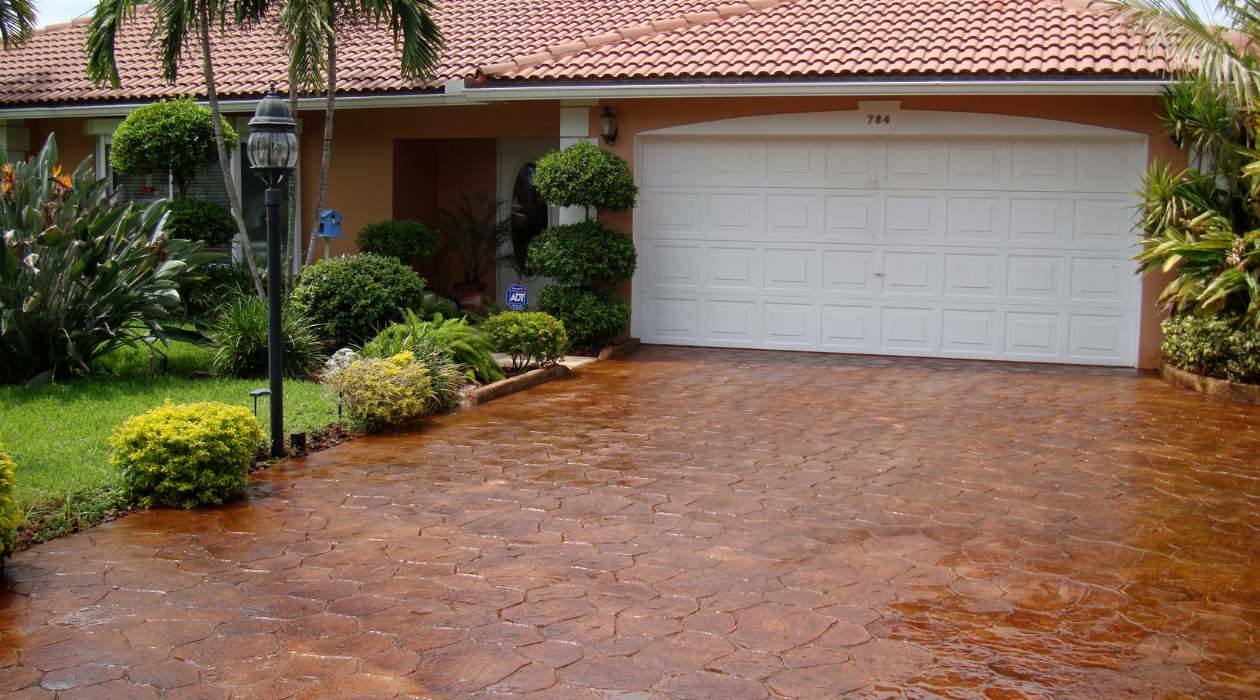
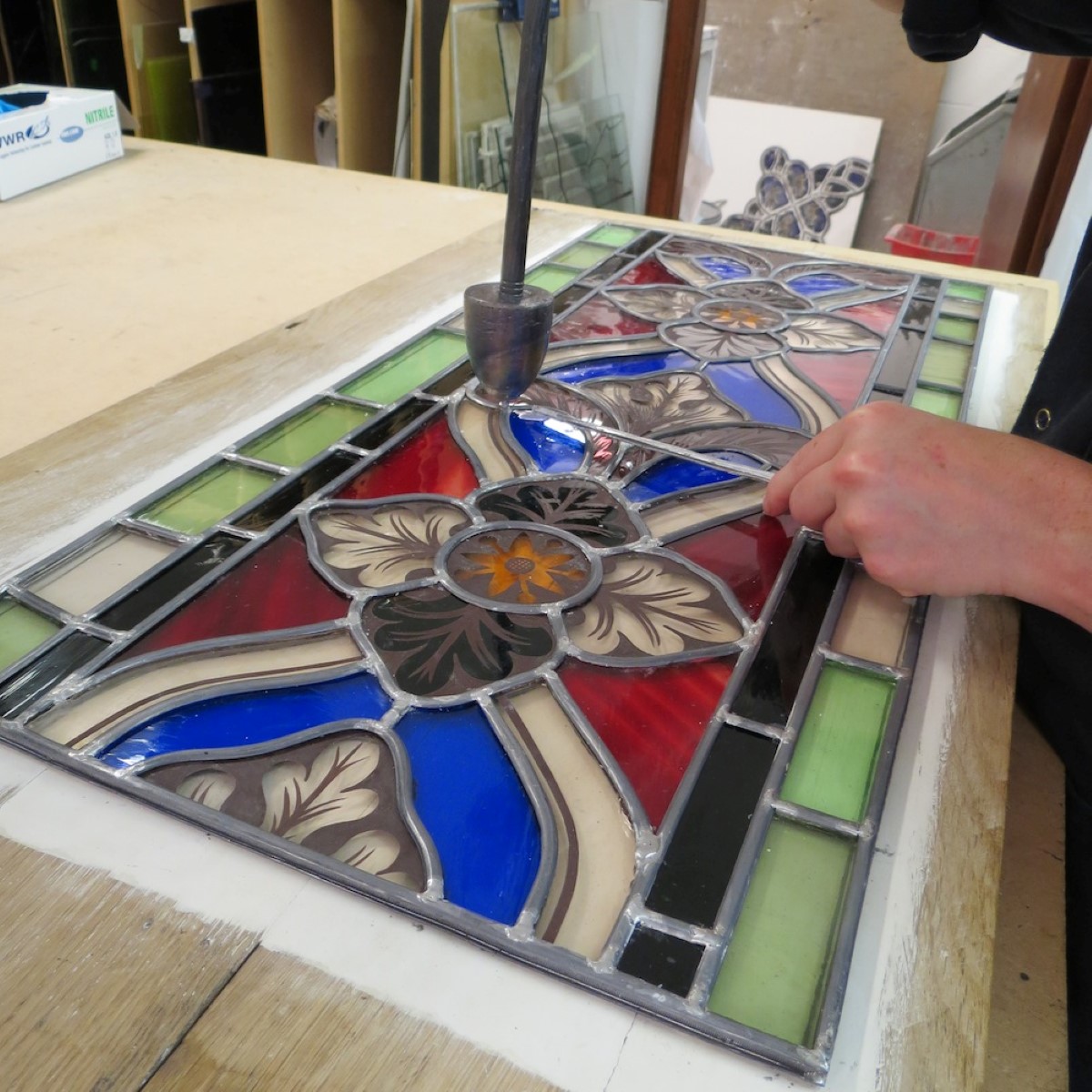

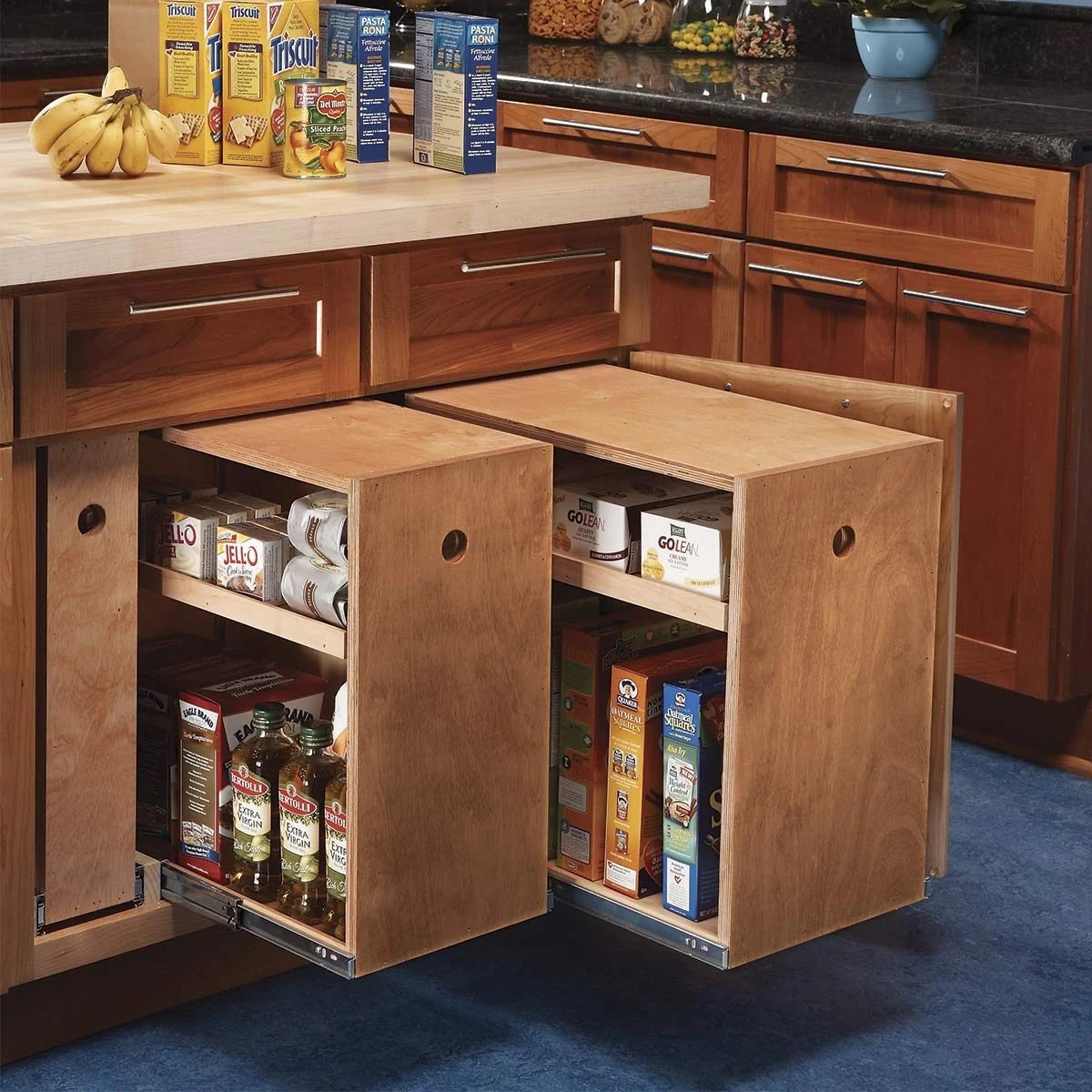
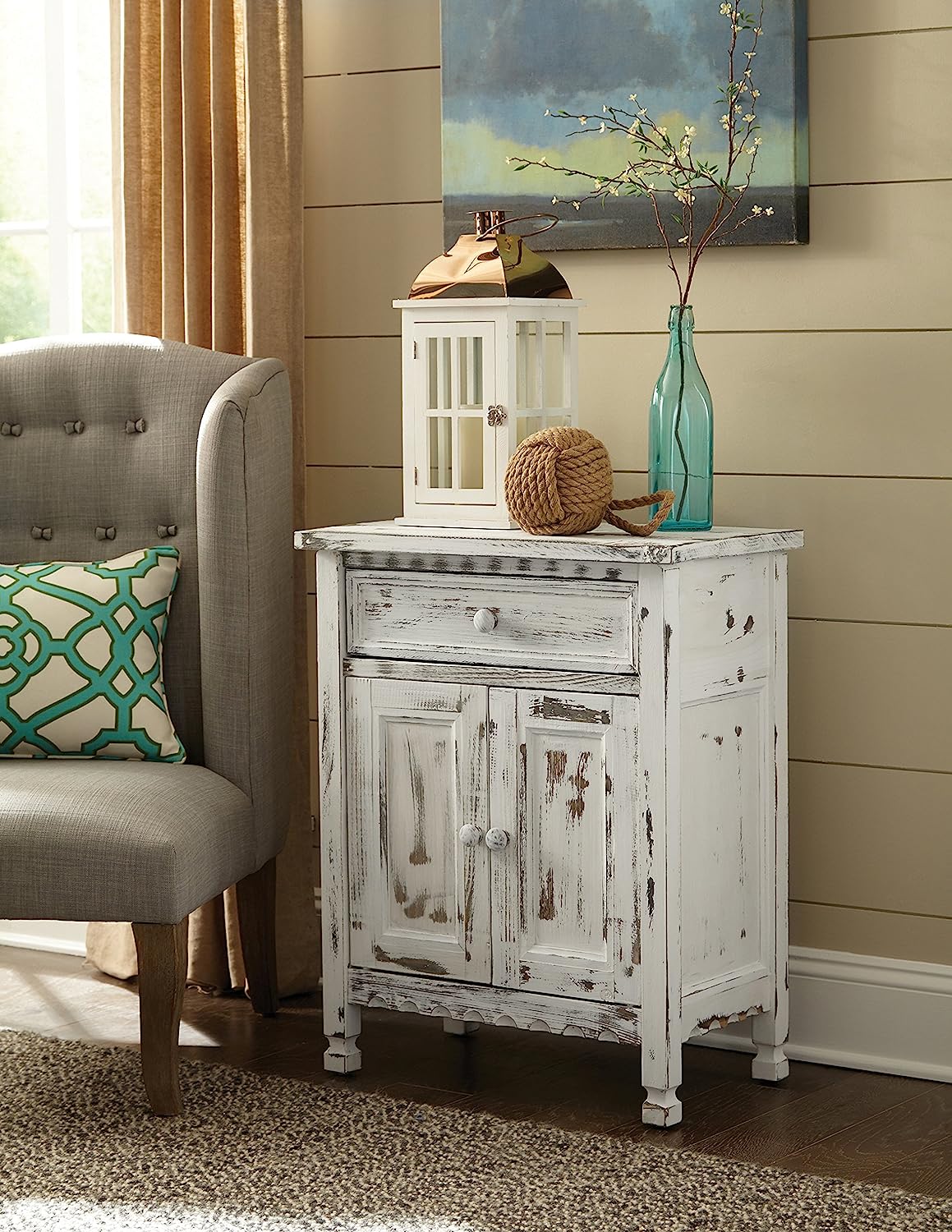
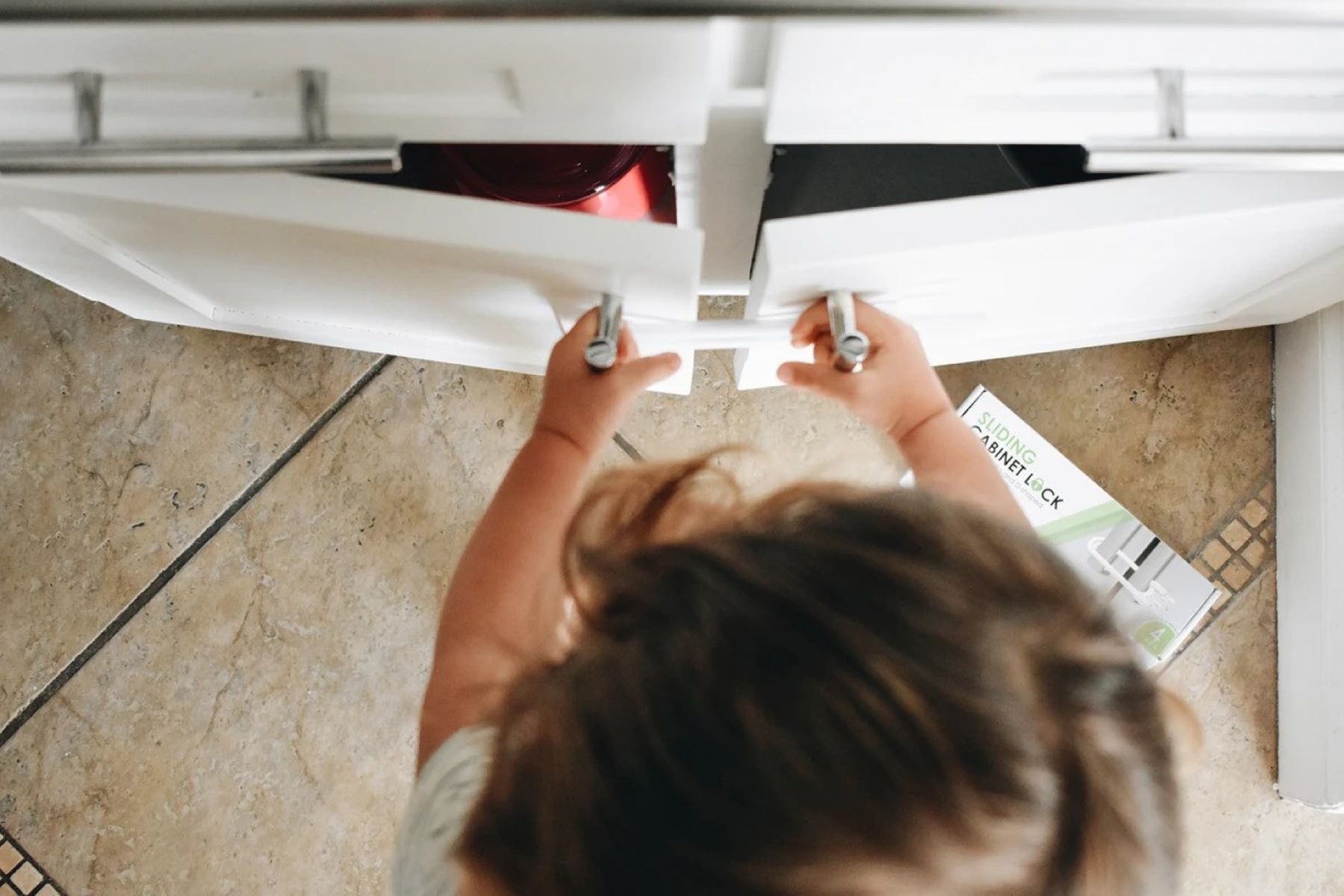
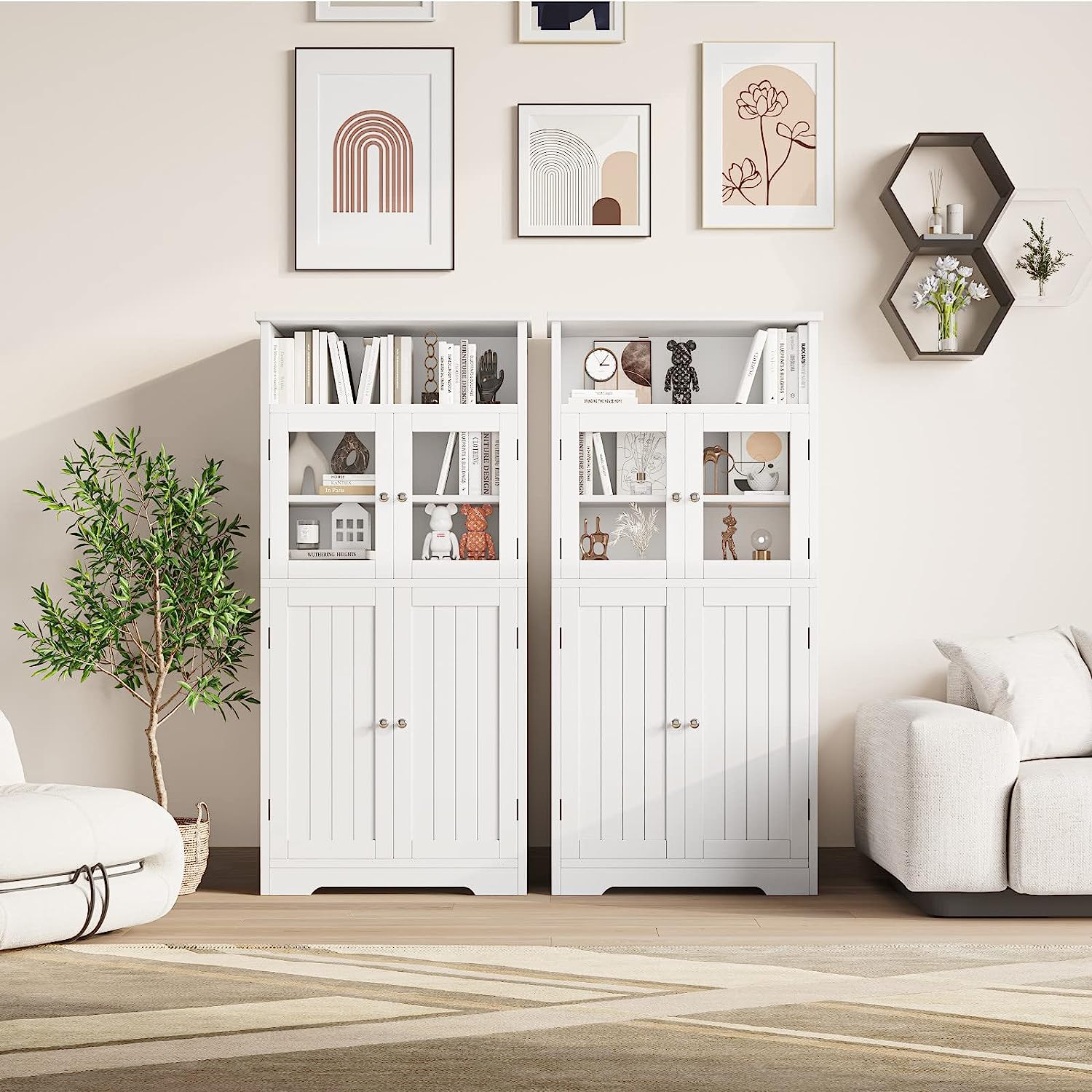
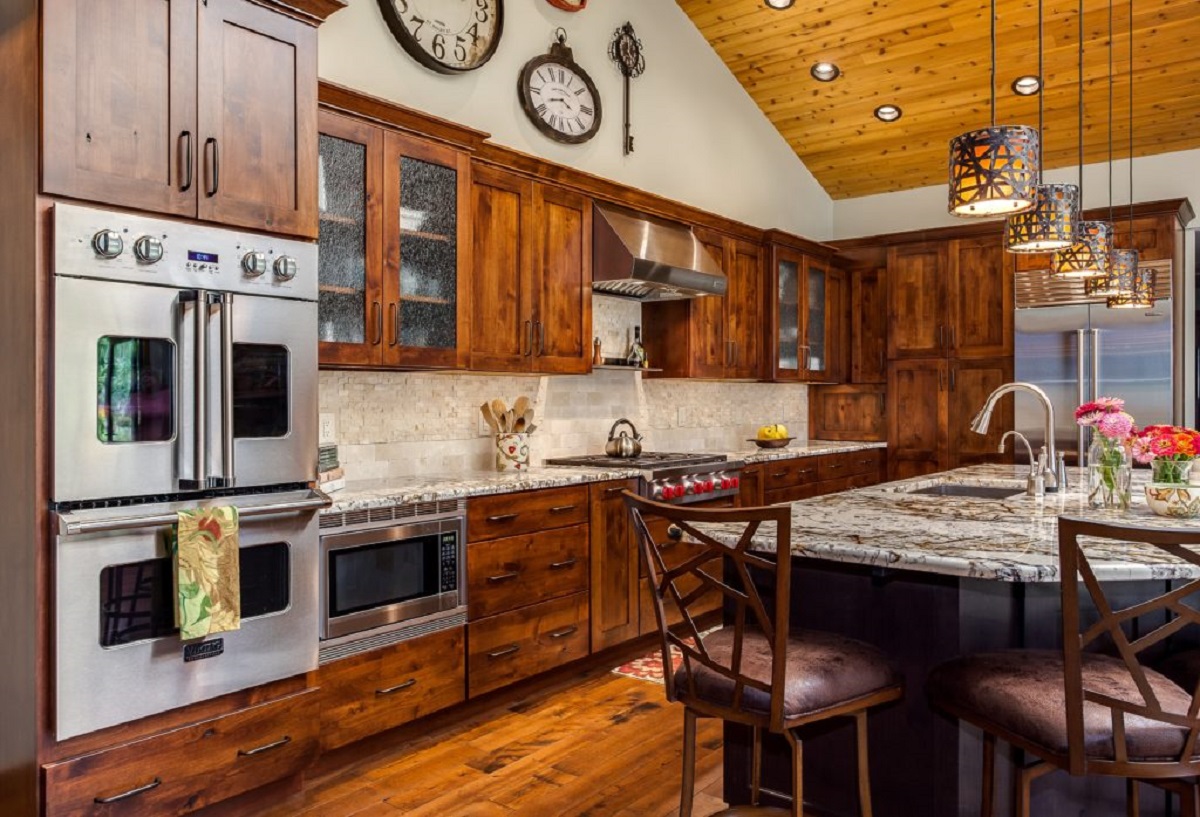

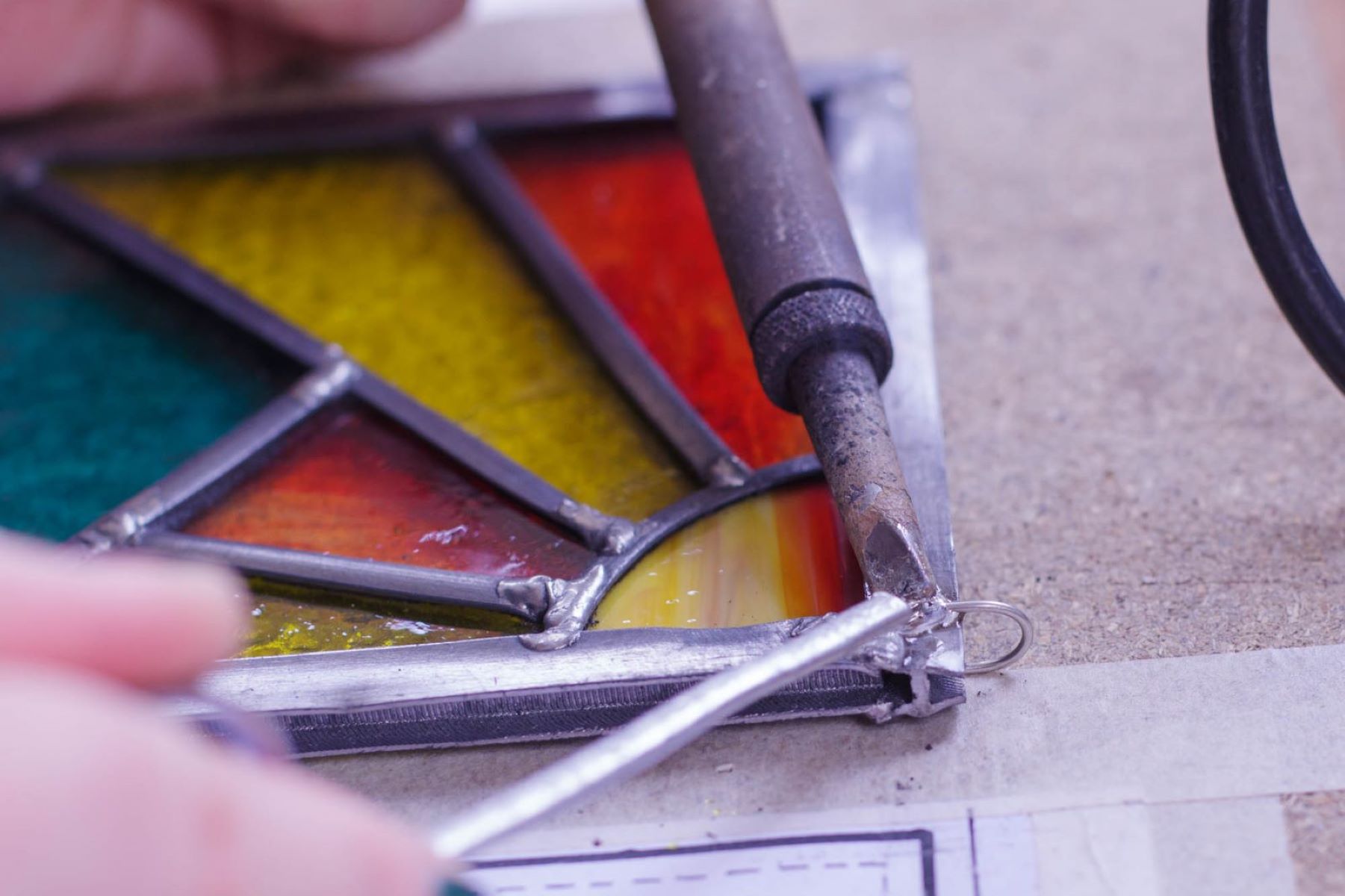
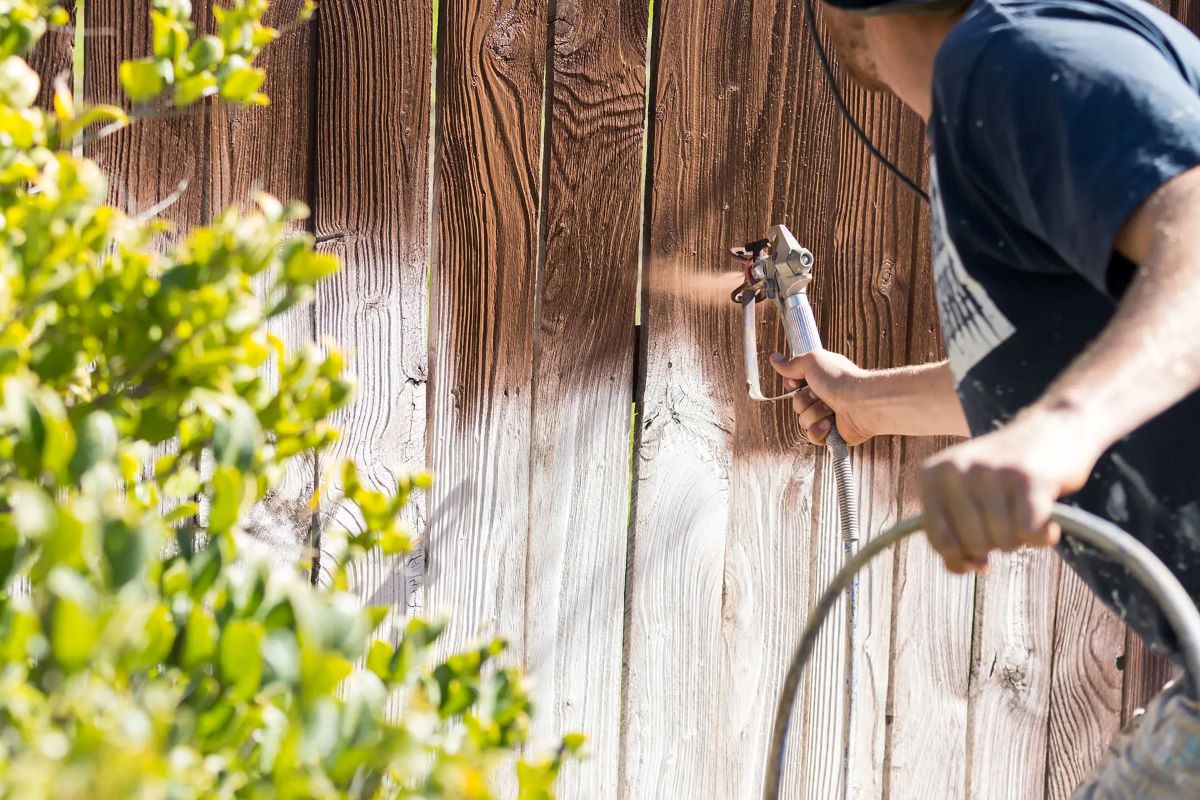
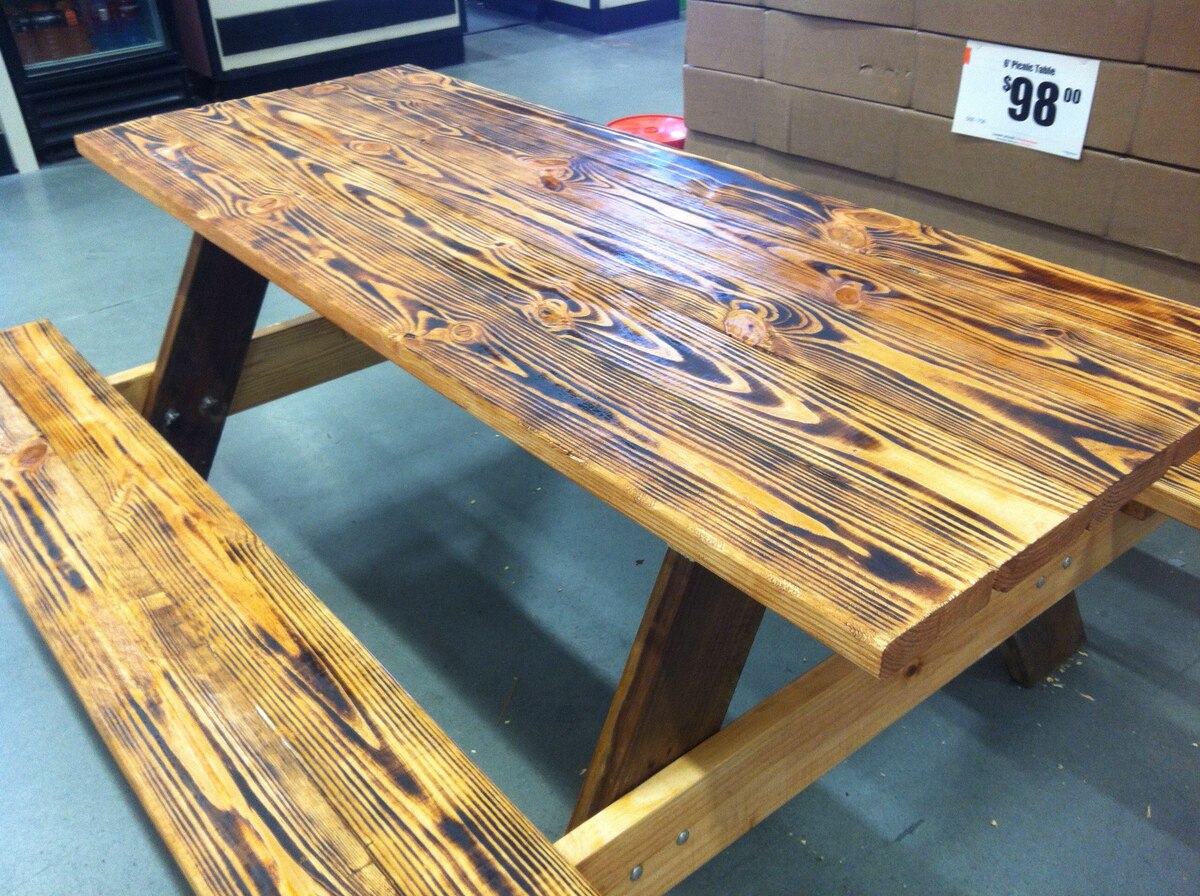


0 thoughts on “How To Stain A Cabinet”